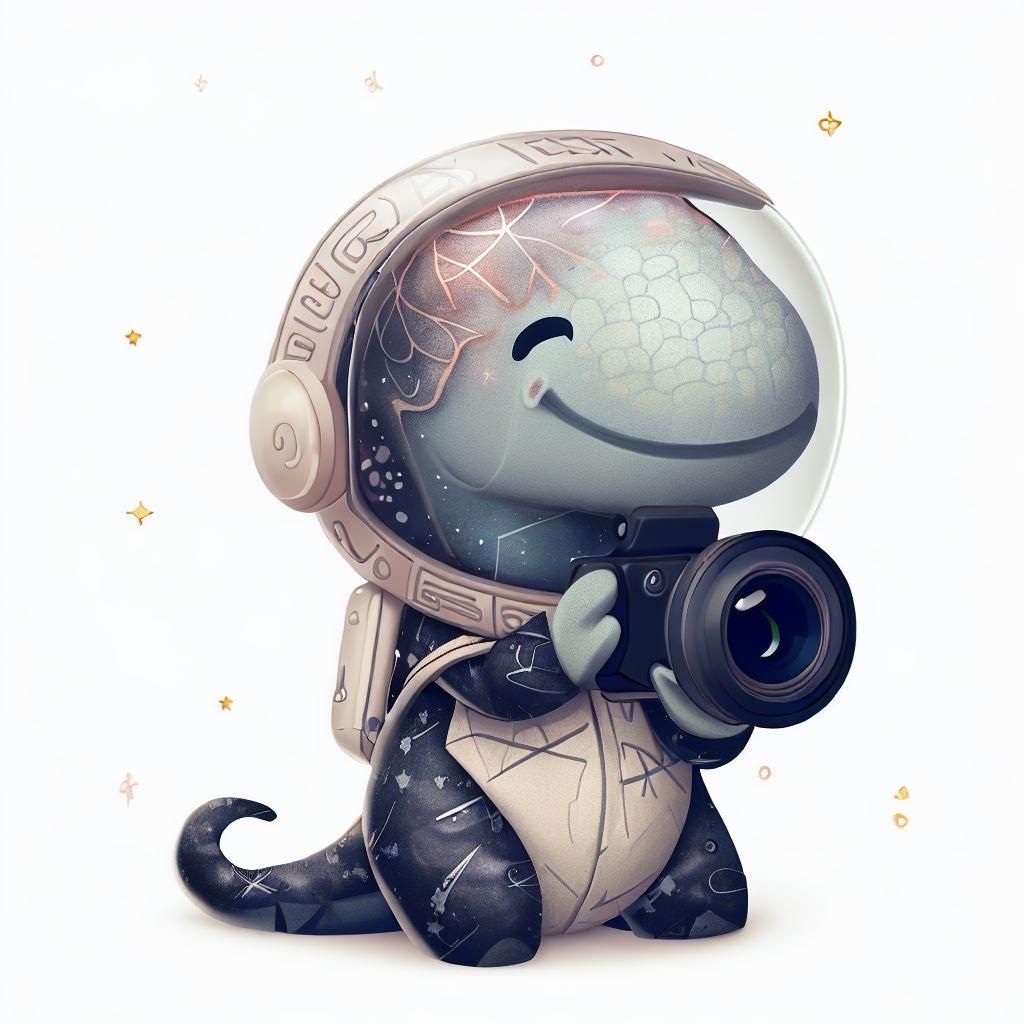Let’s walk through setting up your gear for a successful night of time traveling!
Your gear is essential, but it doesn’t have to be expensive. Let’s see if we can do some time traveling with things you probably already own.

First, let’s start with the tripod. Make sure it’s sturdy and level. A good tripod is crucial because even a slight shake can ruin your long exposure shots. You don’t have to spend a lot, but you need something better than a selfie stick or a cheap travel tripod. I’ve been doing this for a while and I have a lot of tripods to choose from, but the ones that are used the most are a Bogen 3033 and a Slik U8800. I like them because they’re light, sturdy, and easy to set up and take down. And as the saying goes, the best equipment is the stuff you already own that you use, so making it easy to store, set up, use, and take down goes a long way towards getting added to my “favorites” list!
Next, attach your camera. For beginners, a DSLR or mirrorless camera works best. Today, I’m using a Canon 80D, but I got started with a Canon 450D. Despite being released in 2008. it’s a perfect little time machine for taking a quick spin around the cosmos. Any modern DSLR or mirrorless camera will do, as will a good quality cell phone camera. But for now, we want something that has a manual mode so you have full control over the settings, so we’ll leave the cell phone for another time. Make sure you’ve read your camera manual enough to know how to take pictures without relying on automation. It’s dark at night, and most non-dedicated astrophotography cameras are not really designed to take pictures in the dark.
A wide-angle lens is perfect for capturing a broad view of the sky. I’m using a Canon EF-S 10-18mm zoom lens so I can change the framing a little by changing the zoom. It’s great for star trails, Northern Lights, and Milky Way shots. Your lens is probably the second most important part of your time machine, so you want as good of one as you can get. But don’t buy anything special. Just use the widest angle lens you have, or barring that, use the fastest one you have like an f/2.8 or faster. My 10-18 is an f/4.5-5.6 so it’s a little slow, but remember – the best equipment is stuff you already own that you use, so for me, it’s perfect!
Don’t forget a remote shutter release. This little device helps you take photos without touching the camera, reducing the risk of camera shake. This one has multiple functions like taking many pictures in sequence, which can be useful for other techniques, so if you’re going to buy one, it’s worth spending a little more to get one that has more features. Some cameras also work with a mobile app, so you can push a button on your phone and do it that way, instead.
Speaking of apps, there’s lots of free software like Stellarium that you can use to plan your shoot. It shows you where stars and planets will be at any given time, helping you find the perfect composition. We’ll do a deep dive into Stellarium in a future episode, but for now, make sure you put your location into the settings and then you can “fast forward” to when it gets dark and look at its virtual sky to find intesting compositions or objects.
And there you have it! Your gear is set up and ready to go. In the next episode, we’ll talk about camera settings like ISO, aperture, and shutter speed. Until then, clear skies, happy shooting, and I’ll see you…in the dark!
